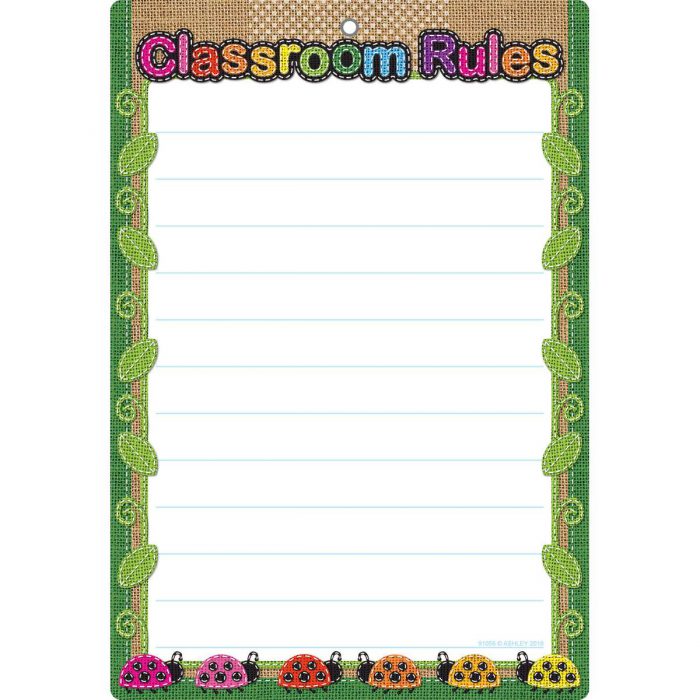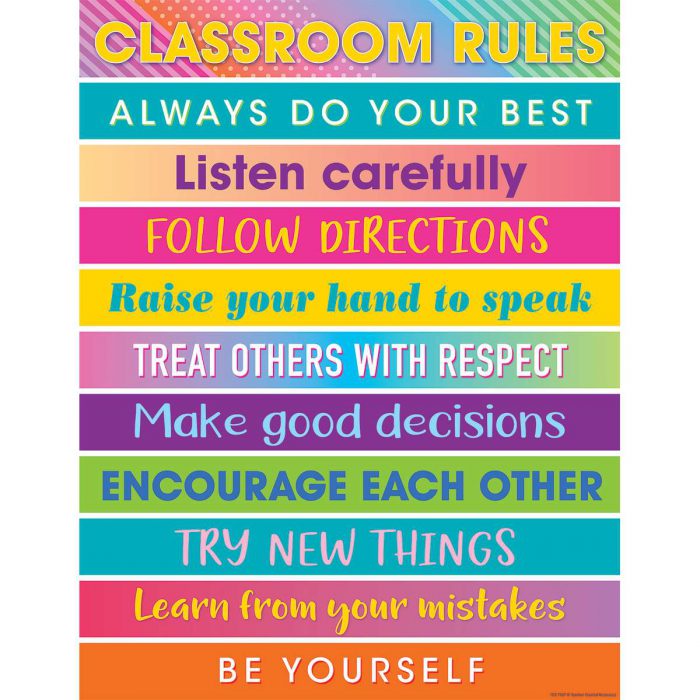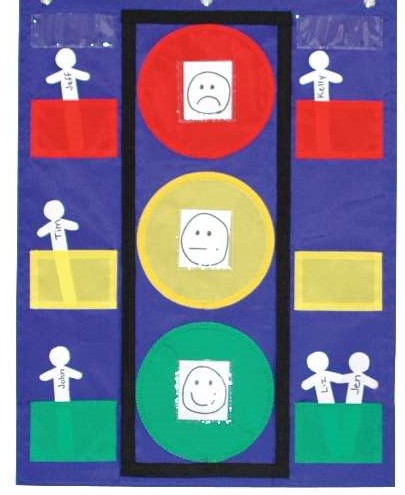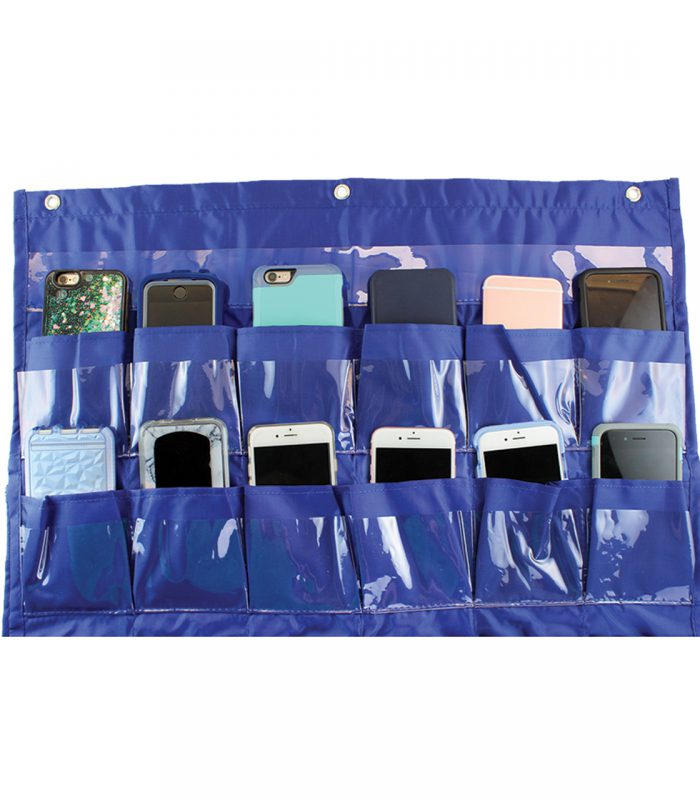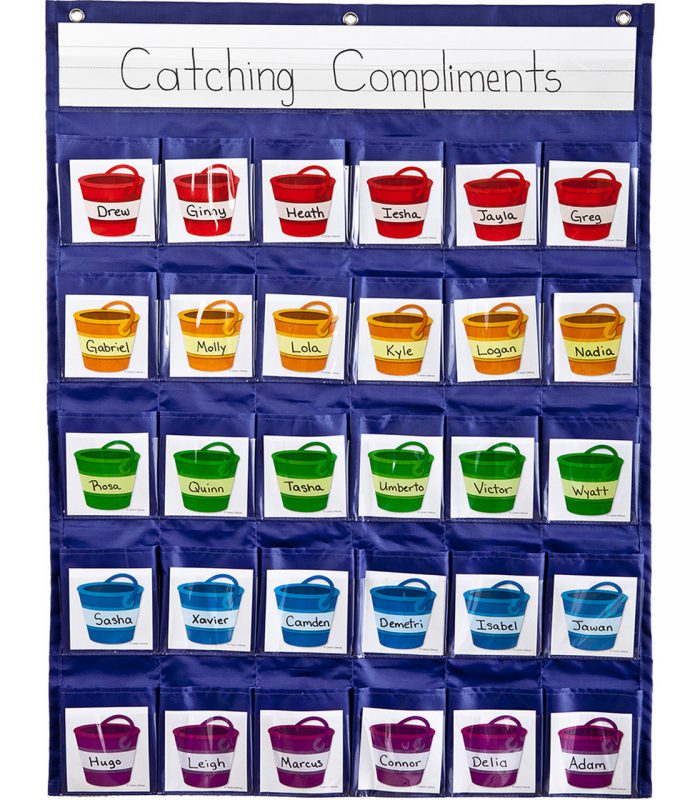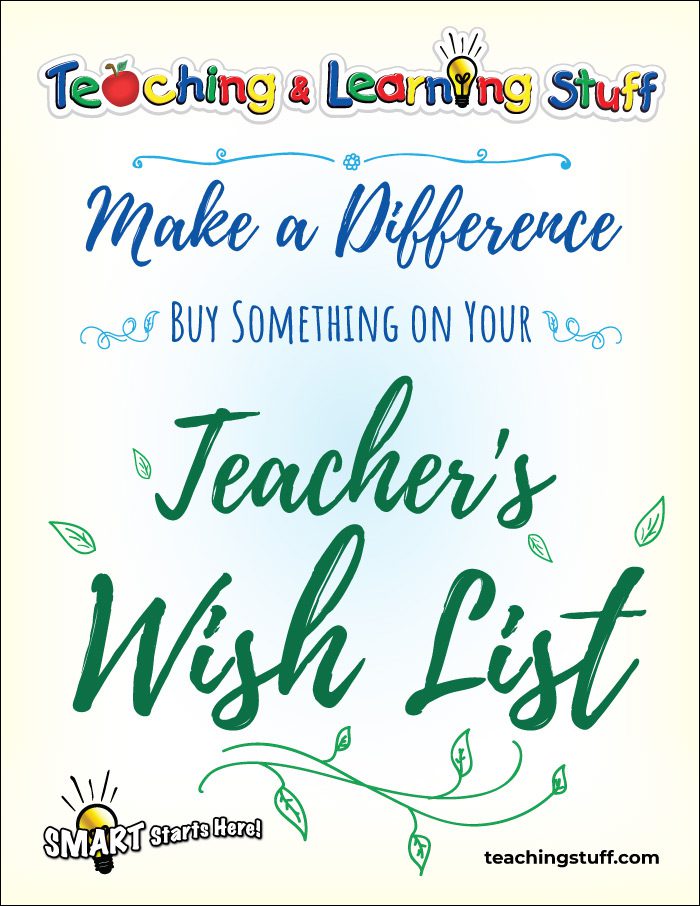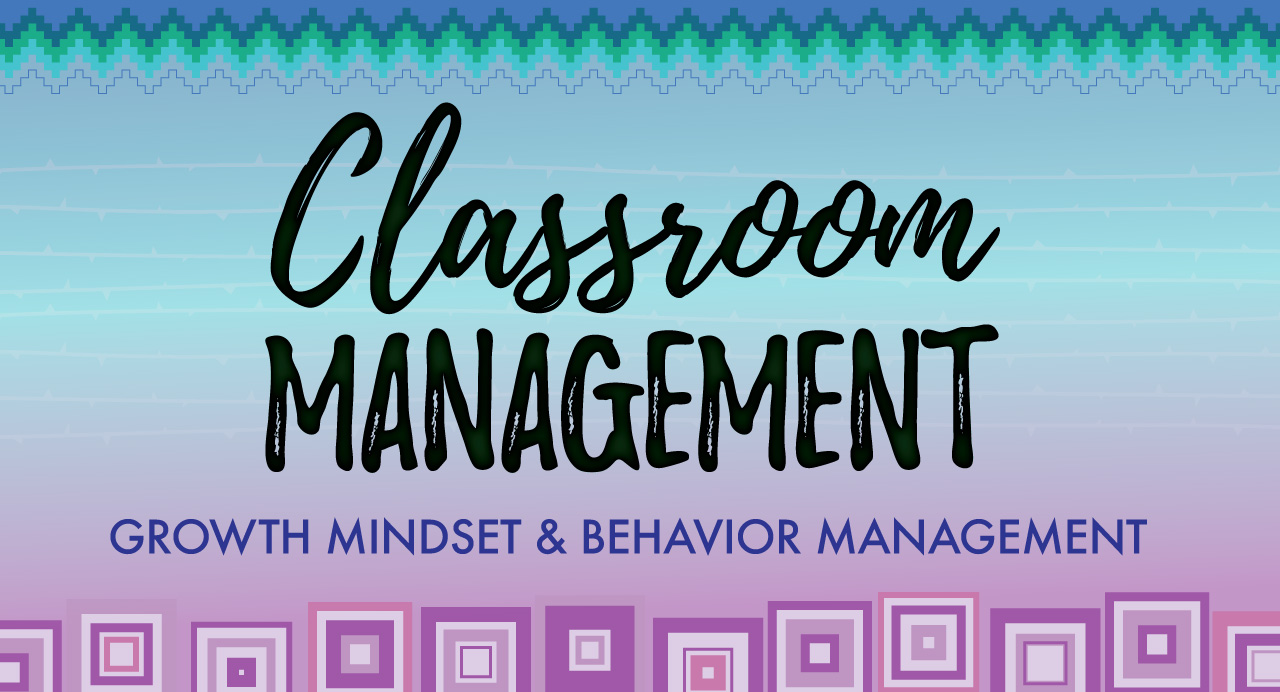
Classroom Management Tools: Growth Mindset & Behavior
So many kids! So many personalities! How does a teacher manage it all? Regardless of your teaching style, Teaching & Learning Stuff has different tools to manage behavior in any class, from the youngest kids to the oldest. In part two of our series on classroom management tools, we’re going to show you some ways to help you, and the kids in your classroom, work with a growth mindset to keep order in your class. All in a positive way!
Before we get to the fun tools, let’s talk about:
- rule setting
- instilling a positive mindset
- and identifying feelings,
all of which are parts of the whole and need consideration. These areas have an impact on how you will manage behavior issues in your classroom.
First Things First
Develop Class Rules
First, decide on and establish the rules you need to have order in the classroom. In other words, pick your battles! What are the main rules you will enforce to maintain a great learning environment? Write them out on a wipe-off poly chart,or a hang a colorful poster with the rules you expect to be followed.
Use simple, positive language like “Be ready to learn,” or “Use kind words,” and “Listen to others.” Try not to use phrases like, “Don’t be unprepared,” “Don’t be mean,” and “Don’t talk out of turn.” Explain each rule individually. You can even make a simple list of rules from the start and then expand on a new behavior goal each week of the year. For instance, if one of your rules is “Be ready to learn,” you would give examples of what that means: have a pencil, come to class with homework completed in order to move forward, and those types of things. Whatever method you use, it is helpful for kids in any grade level to know your expectations ahead of time.
Add in Some Positive Visuals
It stands to reason that kids who follow the rules would also exemplify positive behavior. One of our favorite ways to display positive traits is through bulletin board sets, as well as our series of I Can! posters and other visuals. Growth mindset will only happen if children have an example set for them. As you know, children come from many backgrounds, and the time you have each day with them can help them grow in ways they may not be able to otherwise. Point out when someone is being “respectful,” and call out another for being “compassionate,” until kids can identify for themselves what that looks like. You can have laminated name tags with reusable putty on the backs that can be moved around on the various posters. Have the class participate in catching someone else “being good.”

Help kids change the way they view their abilities and to try to train them to use positive language, as shown in these magnetic or paper mini bulletin board sets that can be hung front and center! Turn a negative into a positive and pretty soon you’ll have your students working toward the community goals you’ve set for them.

Magnetic mindset 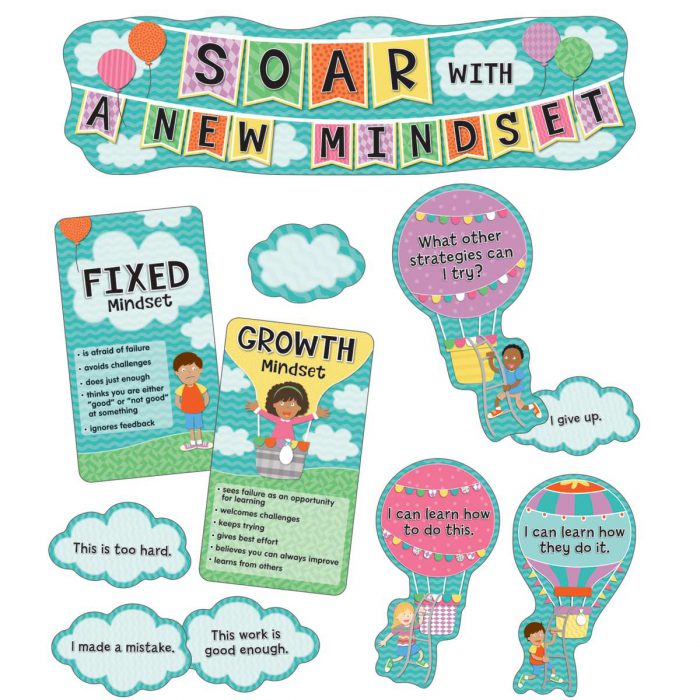
Up & Away
How Are You Today?
Rules are established, positive character training is in motion, but sometimes, feelings get left out of the behavior equation. As adults, our automatic response is, “Fine!” to the question posed above. Even when we’re not. Let’s teach kids it’s OK to not be fine all the time, but also how to handle those emotions. It’s normal! When we’re tired, grumpy, hungry, angry, or generally unwell we don’t do our best work. Kids are no exception. When an issue comes up that might be atypical for that kid, help him identify where that negative behavior is coming from. Tools for feelings and emotions give a name to what might be a mystery to a young child. Help him know it’s OK to have those emotions, but it’s never OK to take it out on a classmate or other person. Photographic learning cards, a feelings clip chart, or posters sets might come in handy for those times!
BEHAVIOR MANAGEMENT TOOLS
Help for Habits
After those three areas are addressed, the next obvious step might be the actual behavioral visual aid for the classroom and/or individual students. We will get to that in a moment, but first, we challenge you to think of identifying some unwanted habits and then preparing by having tools on hand to work with those children who may lack some self-control and end up getting negative attention. Fidgety kids? Something as simple as a fidget topper or chewy pencil grip might help. Maybe a stress ball or a small amount of putty for wandering hands. How about carpet or floor markers so kids will know where to sit or line up? Have you discovered Bouncy Bands for those feet that just can’t seem to be still at the desk? We’ve got them!

So now that you have a few ideas on ways to combat some negative behaviors that crop up, let’s move on to the visual and practical aids for behavior management in your classroom.
Clip Charts
Will you treat behavior as an individual thing or as a collective? Most likely both at times. Part of heading off negative behavior is teaching kids how they ought to behave not only for themselves but for the benefit of others. Help them to understand that their behavior influences other people and that the goal is to work as a team toward creating a productive learning environment. In other words, it’s not always just all about them as individuals! If you want a simple daily behavior tracker, clip chart mini bulletin board sets may be just the ticket. These are flexible to your classroom management style and will help students keep track of their behavior throughout the day and develop personal accountability for their choices. These sets also include an instructional guide with display ideas and classroom lesson activities.
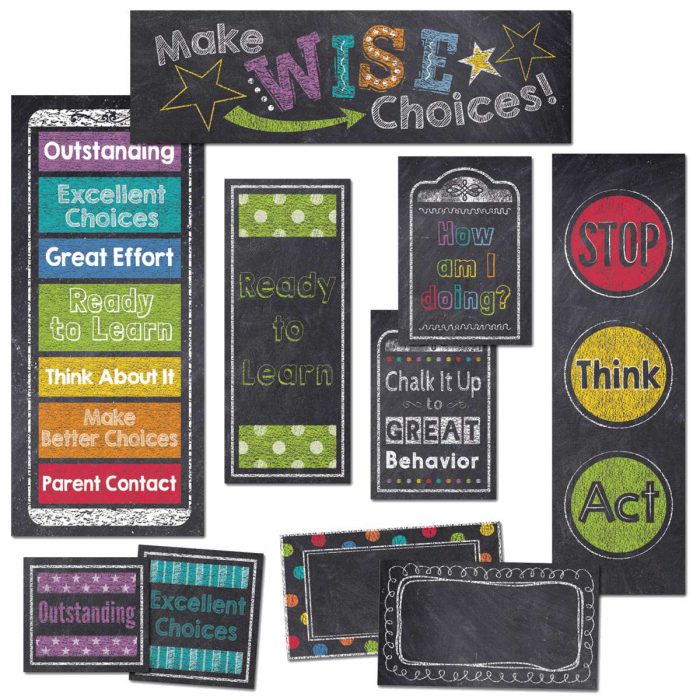
This positive smart poly clip chart can be customized with clothespins (purchased separately) that are then added to the area that is being highlighted for each child. Very simple!
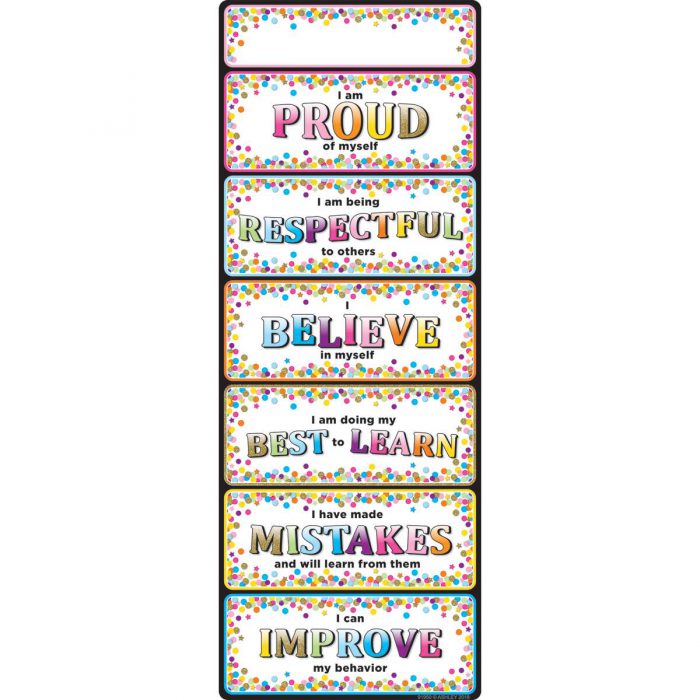
Pocket Charts
There’s a pocket chart for just about any classroom level and need, and behavior management is no different! The classic stoplight pocket chart comes with write-on/wipe-off sticks to personalize and is a great visual for the youngest classrooms and ESL students. As kids get older, supply a pocket chart where they can drop those phones and smart watches that may need a place to live for the day to curb that behavior issue. Or have a Positive Reinforcement station where they can fill each other’s buckets with positive notes! You could also customize the editable printable we had in the last blog post and use them for student names for behavior pocket chart use. Create the system that works best for your style!
We hope this post has inspired you deal with behavior issues in different ways. Leave a comment about how you manage behavior issues in your classroom! We’d love for you to be a part of the discussion! Meanwhile…..
Make a Wish List
If you see items here or in any of our blog posts that you want to make a note of, here is a wish list to keep track of them! It’s a great way for eager parents to help out, since their child’s education is important to them! Post your wish list and let parents or the PTO know how they can directly have an impact in your classroom.
